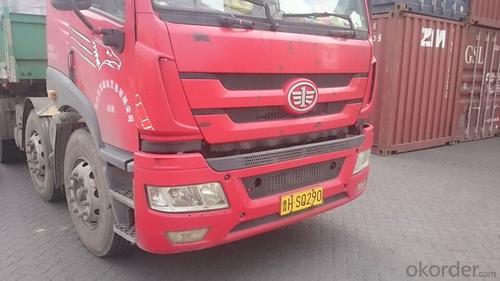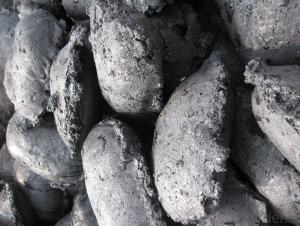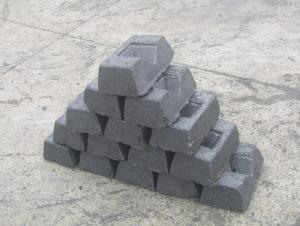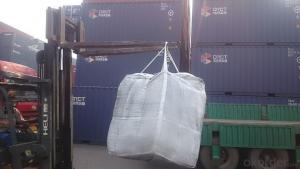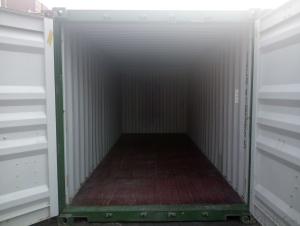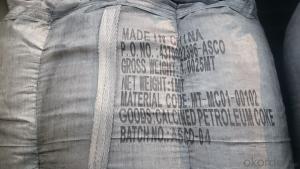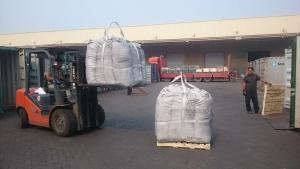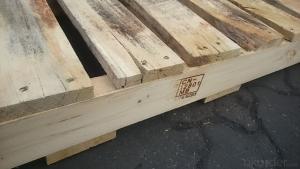Used in EAF as Charge Coke for Steel Mills
- Loading Port:
- Tianjin
- Payment Terms:
- TT OR LC
- Min Order Qty:
- 21 m.t.
- Supply Capability:
- 6000 m.t./month
OKorder Service Pledge
OKorder Financial Service
You Might Also Like
Introduction:
Calcined anthracite can be called carbon additive, carbon raiser, recarburizer, injection coke, charging coke, gas calcined anthracite.
Carbon Additive/Calcined Anthracite Coal may substitute massively refinery coke or graphite. Meanwhile its cost is much less than the refinery coke and graphite. Carbon Additive is mainly used in electric steel ovens, water filtering, rust removal in shipbuilding and production of carbon material.
It has good characteristics with low ash, low resistivity, low sulphur, high carbon and high density. It is the best material for high quality carbon products. It is used as carbon additive in steel industry or fuel.
Features:
Best quality Taixi anthracite as raw materials through high temperature calcined at 800-1200 ℃ by the DC electric calciner with results in eliminating the moisture and volatile matter from Anthracite efficiently, improving the density and the electric conductivity and strengthening the mechanical strength and anti-oxidation, It has good characteristics with low ash, low resistivity, low carbon and high density. It is the best material for high quality carbon products, it is used as carbon additive in steel industry or fuel.
Specifications:
F.C.% | 95MIN | 94MIN | 93MIN | 92MIN | 90MIN | 85MIN | 84MIN |
ASH % | 4MAX | 5MAX | 6 MAX | 6.5MAX | 8.5MAX | 12MAX | 13MAX |
V.M.% | 1 MAX | 1MAX | 1.0MAX | 1.5MAX | 1.5MAX | 3 MAX | 3 MAX |
SULFUR % | 0.3MAX | 0.3MAX | 0.3MAX | 0.35MAX | 0.35MAX | 0.5MAX | 0.5MAX |
MOISTURE % | 0.5MAX | 0.5MAX | 0.5MAX | 0.5MAX | 0.5MAX | 1MAX | 1MAX |
Pictures
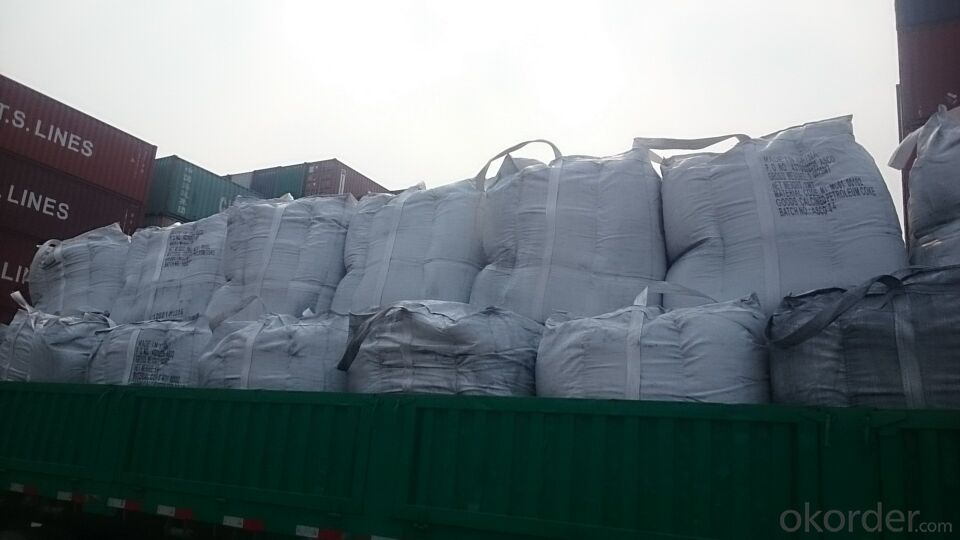
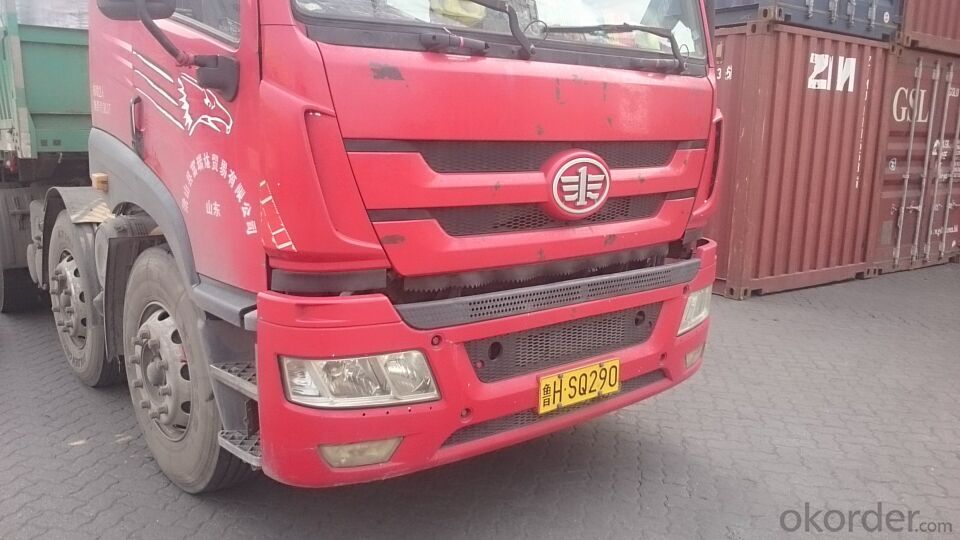
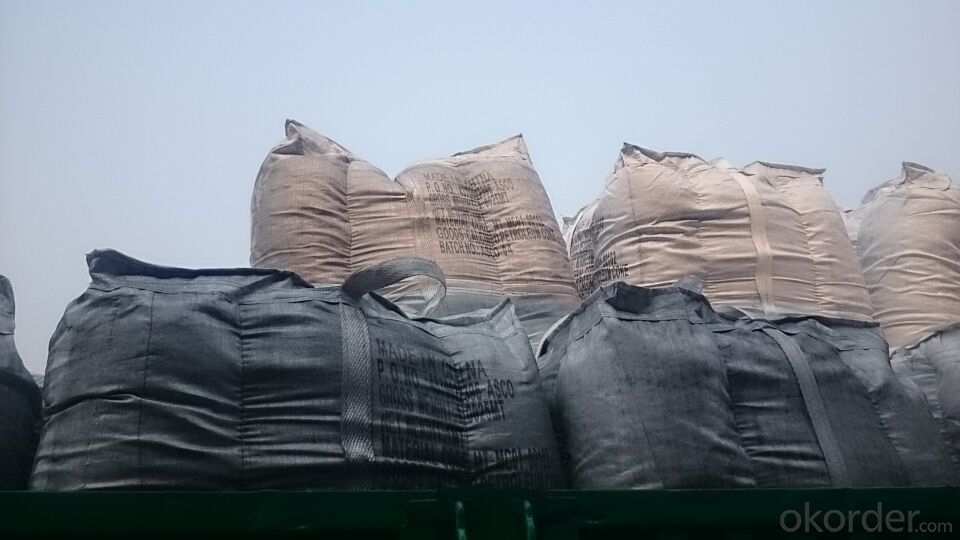
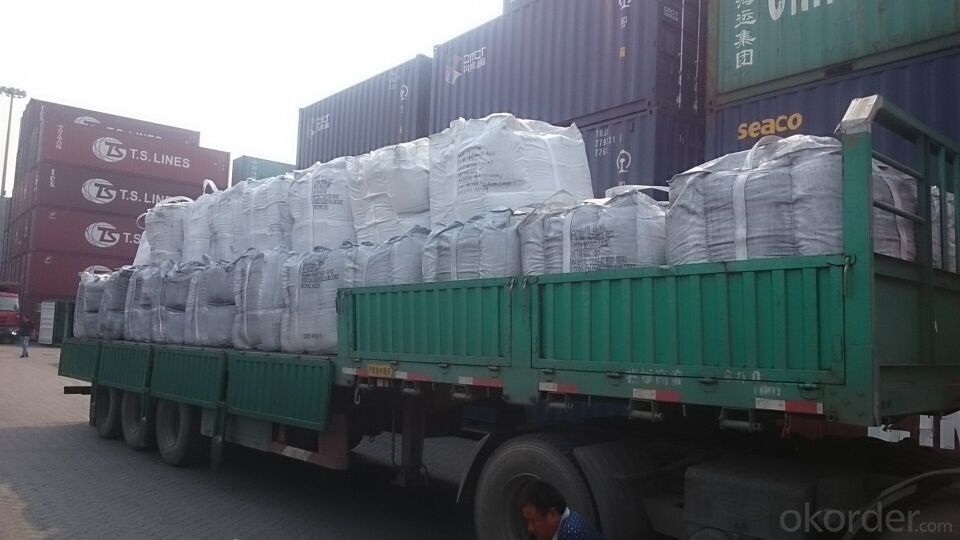
FAQ:
Packing:
(1). Waterproof jumbo bags: 800kgs~1100kgs/ bag according to different grain sizes;
(2). Waterproof PP woven bags / Paper bags: 5kg / 7.5kg / 12.5kg / 20kg / 25kg / 30kg / 50kg small bags;
(3). Small bags into jumbo bags: waterproof PP woven bags / paper bags in 800kg ~1100kg jumbo bags.
Payment terms
20% down payment and 80% against copy of B/L.
Workable LC at sight,
- Q: What are the different types of carbon fibers?
- There are several different types of carbon fibers, including standard modulus carbon fiber, intermediate modulus carbon fiber, high modulus carbon fiber, and ultra-high modulus carbon fiber. These types vary in their strength, stiffness, and cost, making them suitable for different applications and industries.
- Q: What are carbon isotopes and how are they used in scientific research?
- Carbon isotopes are variants of the carbon atom that have different numbers of neutrons in their atomic nucleus. The most common carbon isotope is carbon-12, which has 6 protons and 6 neutrons. However, there are also carbon-13 and carbon-14 isotopes, which have 7 and 8 neutrons respectively. In scientific research, carbon isotopes are utilized in various ways due to their unique properties. One significant application is in the field of radiocarbon dating. Carbon-14, a radioactive isotope, undergoes decay over time, making it useful for determining the age of organic materials up to 50,000 years old. By measuring the ratio of carbon-14 to carbon-12 in a sample, scientists can estimate how long it has been since the organism died. Furthermore, carbon isotopes are employed in studying carbon cycling in ecosystems. Since plants preferentially take up carbon-12 over carbon-13, the isotopic composition of carbon in plants can reveal information about their growth and the source of their carbon. By analyzing the isotopic signatures in plant tissues, scientists can understand ecological processes such as photosynthesis, respiration, and carbon dioxide exchange between different components of the ecosystem. Carbon isotopes are also used in studying the diets of animals. The isotopic composition of carbon in an animal's tissues reflects the carbon sources it consumes. By analyzing the ratio of carbon-13 to carbon-12, scientists can determine whether an animal predominantly consumes plants or other animals, providing insights into food webs, trophic levels, and ecological interactions. In addition to these applications, carbon isotopes find utility in fields like paleoclimatology, where the ratio of carbon-13 to carbon-12 in ancient ice cores or ocean sediments can provide valuable information about past climate conditions. Isotopic analysis of carbon compounds is also used in forensic science, geochemistry, and environmental monitoring to trace the origin and fate of pollutants and contaminants. In conclusion, carbon isotopes are variants of carbon atoms with different numbers of neutrons. They are extensively used in scientific research for radiocarbon dating, studying carbon cycling in ecosystems, determining animal diets, understanding past climate conditions, and various other fields. Their unique properties make them invaluable tools for understanding the natural world and our place within it.
- Q: What is carbon PC?
- Polycarbonate (PC), polycarbonate is a molecular chain containing [O-R-O-CO] chain thermoplastic resin according to the molecular structure of the ester can be divided into aliphatic, alicyclic and aromatic type of fat, which has the practical value of the aromatic polycarbonate, and bisphenol A polycarbonate as the most important, molecular weight is usually 3-10 million.Polycarbonate, English Polycarbonate, referred to as PC.PC is a kind of amorphous, odorless, non-toxic, highly transparent colorless or slightly yellow thermoplastic engineering plastics, has excellent physical and mechanical properties, especially excellent shock resistance, tensile strength, bending strength, compressive strength and high creep; small size is stable; good heat resistance and low temperature resistance, mechanical properties, stability in a wide range of temperature dimensional stability, electrical properties and flame retardant properties, can be used for a long time at -60~120 deg.c; no obvious melting point, a molten state at 220-230 DEG C; the molecular chain rigidity, melt viscosity and high water absorption resin; small, small shrinkage, high precision, good dimensional stability, permeability of films is small; self extinguishing materials; stable to light, but not UV resistance, good weather resistance; oil resistance, acid and alkali resistance, no oxygen acid and amine, Ketones are soluble in chlorinated hydrocarbons and aromatic solvents. They are easy to cause hydrolysis and cracking in water for a long time. Because of their poor fatigue resistance, they are prone to stress cracking, poor solvent resistance and poor wear resistance
- Q: Can carbon be recycled?
- Yes, carbon can be recycled. Carbon recycling refers to the process of capturing and reusing carbon dioxide (CO2) emissions instead of releasing them into the atmosphere. There are several methods of carbon recycling, including: 1. Carbon capture and storage (CCS): This process involves capturing CO2 emissions from power plants or industrial facilities and storing them underground or in deep ocean formations. CCS helps prevent the release of CO2 into the atmosphere, reducing its impact on climate change. 2. Carbon capture and utilization (CCU): CCU involves capturing CO2 emissions and converting them into useful products. For example, CO2 can be converted into fuels, chemicals, or building materials through various chemical and biological processes. 3. Enhanced oil recovery (EOR): This technique involves injecting captured CO2 into oil reservoirs to increase the amount of oil that can be recovered. It not only helps to recycle carbon but also increases oil production. 4. Biological carbon sequestration: This method involves using plants, trees, and other biological organisms to absorb CO2 from the atmosphere through photosynthesis. By promoting reforestation, afforestation, and sustainable land management practices, we can increase carbon sequestration and offset emissions. While carbon recycling technologies are still being developed and improved, they offer promising solutions for reducing greenhouse gas emissions and mitigating climate change. By recycling carbon, we can reduce our reliance on fossil fuels, decrease the release of CO2 into the atmosphere, and work towards a more sustainable and low-carbon future.
- Q: How does carbon impact the prevalence of droughts?
- Droughts are significantly influenced by carbon, specifically in the form of carbon dioxide (CO2) emissions. The prevalence of droughts is attributed to the increased levels of carbon in the atmosphere, which contribute to global warming and impact climate patterns globally. Human activities, such as the burning of fossil fuels and deforestation, release carbon dioxide into the atmosphere. This carbon dioxide acts as a greenhouse gas, trapping heat from the sun and causing the Earth's temperature to rise. As the global temperature increases, precipitation patterns and evaporation rates undergo changes. Warmer temperatures accelerate evaporation, leading to more water evaporating from lakes, rivers, and soil. This increased evaporation, combined with altered precipitation patterns, results in drier conditions and reduced water availability in certain regions. Furthermore, the rising temperatures contribute to the intensification of the water cycle, leading to more extreme weather events. These events include more frequent and severe droughts, as well as intense rainfall in some areas, increasing the risk of floods. Moreover, carbon emissions also impact atmospheric circulation patterns, such as the weakening of the jet stream. The jet stream plays a crucial role in directing weather systems across the globe, including rain-bearing weather fronts. When it weakens, weather systems become stagnant, resulting in prolonged drought periods in certain regions. In summary, human activities that increase carbon levels in the atmosphere have a direct influence on global warming and climate change. These changes in climate patterns and atmospheric circulation, along with the intensification of the water cycle, significantly affect the occurrence and severity of droughts worldwide. Therefore, it is essential to reduce carbon emissions and address climate change in order to minimize the impacts of droughts on ecosystems, agriculture, and human populations.
- Q: How does carbon affect the formation of tsunamis?
- Carbon does not directly affect the formation of tsunamis. Tsunamis are typically caused by underwater earthquakes, volcanic eruptions, or landslides, which are not influenced by carbon. However, carbon emissions and climate change can indirectly impact the frequency and intensity of natural disasters, including some potential triggers for tsunamis, such as volcanic activity or landslides near coastlines.
- Q: How does carbon impact the formation and intensity of hurricanes?
- The formation and intensity of hurricanes are significantly influenced by carbon, specifically carbon dioxide. The rise in atmospheric carbon dioxide levels is a result of increased carbon emissions from human activities such as burning fossil fuels, deforestation, and industrial processes. This increase in carbon dioxide contributes to global warming. Global warming is caused by the greenhouse effect and leads to higher sea surface temperatures. These warmer ocean waters provide the necessary energy and moisture for hurricanes to form and strengthen. As the atmosphere warms, it can hold more water vapor, which acts as fuel for hurricanes, making them more powerful and intense. The warming of the atmosphere also changes the conditions that affect hurricane formation. It alters the wind shear, which is the difference in wind speed and direction at different altitudes. Low wind shear is favorable for hurricane development as it allows the storm to organize and gain strength. However, global warming can disrupt this balance and create unfavorable wind shear patterns, hindering hurricane formation. Additionally, the increased levels of carbon dioxide in the atmosphere contribute to ocean acidification. When carbon dioxide dissolves in seawater, it forms carbonic acid, which lowers the pH of the ocean. Acidic waters have detrimental effects on marine life, including coral reefs. Coral reefs act as natural barriers against storm surges during hurricanes, but their degradation weakens their ability to protect coastal communities. In conclusion, carbon emissions and the subsequent increase in carbon dioxide levels have a significant impact on the formation and intensity of hurricanes. The warming of the atmosphere and ocean, along with changes in wind shear patterns, create conditions that favor the development and intensification of hurricanes. Additionally, ocean acidification resulting from excessive carbon dioxide levels weakens natural defenses against storm surges. It is essential to address carbon emissions and reduce our carbon footprint to mitigate the potential consequences of climate change and its impact on hurricanes.
- Q: What is carbon neutral agriculture?
- Carbon neutral agriculture encompasses farming practices that strive to balance the amount of carbon released into the atmosphere with the amount of carbon sequestered or removed. Its objective is to adopt sustainable and environmentally friendly methods that minimize greenhouse gas emissions and promote the absorption of carbon dioxide from the atmosphere. There are several key practices involved in achieving carbon neutrality in agriculture. One of these practices involves reducing the usage of fossil fuels by implementing renewable energy sources, such as solar or wind power, for farm operations. This approach aids in diminishing emissions associated with machinery, equipment, and transportation. Another crucial aspect is the management of soil health and the enhancement of carbon sequestration. This can be accomplished via practices like cover cropping, crop rotation, and conservation tillage, which help augment organic matter in the soil. Consequently, this contributes to the storage of carbon. Furthermore, carbon neutral agriculture advocates for the use of organic fertilizers and natural pest control methods, thereby minimizing the necessity for synthetic chemicals that emit harmful greenhouse gases. Offsetting carbon emissions is another strategy employed in carbon neutral agriculture. This may involve the planting of trees on the farm or in nearby areas to absorb carbon dioxide from the atmosphere. Additionally, it can encompass participation in carbon credit programs, where farmers receive compensation for implementing sustainable practices that reduce emissions. In essence, carbon neutral agriculture adopts a comprehensive approach to minimize the carbon footprint of farming operations. By reducing emissions and maximizing carbon sequestration, it aids in mitigating climate change and promoting a more sustainable agricultural system.
- Q: What is the atomic weight of carbon?
- The atomic weight of carbon is approximately 12 atomic mass units.
- Q: What are carbon nanomaterials?
- Carbon nanomaterials are a class of materials consisting of carbon atoms arranged in various structural forms, such as nanoparticles, nanotubes, and graphene. They possess unique properties, including high strength, excellent electrical conductivity, and a large surface area, making them useful in a wide range of applications, from electronics to medicine.
Send your message to us
Used in EAF as Charge Coke for Steel Mills
- Loading Port:
- Tianjin
- Payment Terms:
- TT OR LC
- Min Order Qty:
- 21 m.t.
- Supply Capability:
- 6000 m.t./month
OKorder Service Pledge
OKorder Financial Service
Similar products
Hot products
Hot Searches


